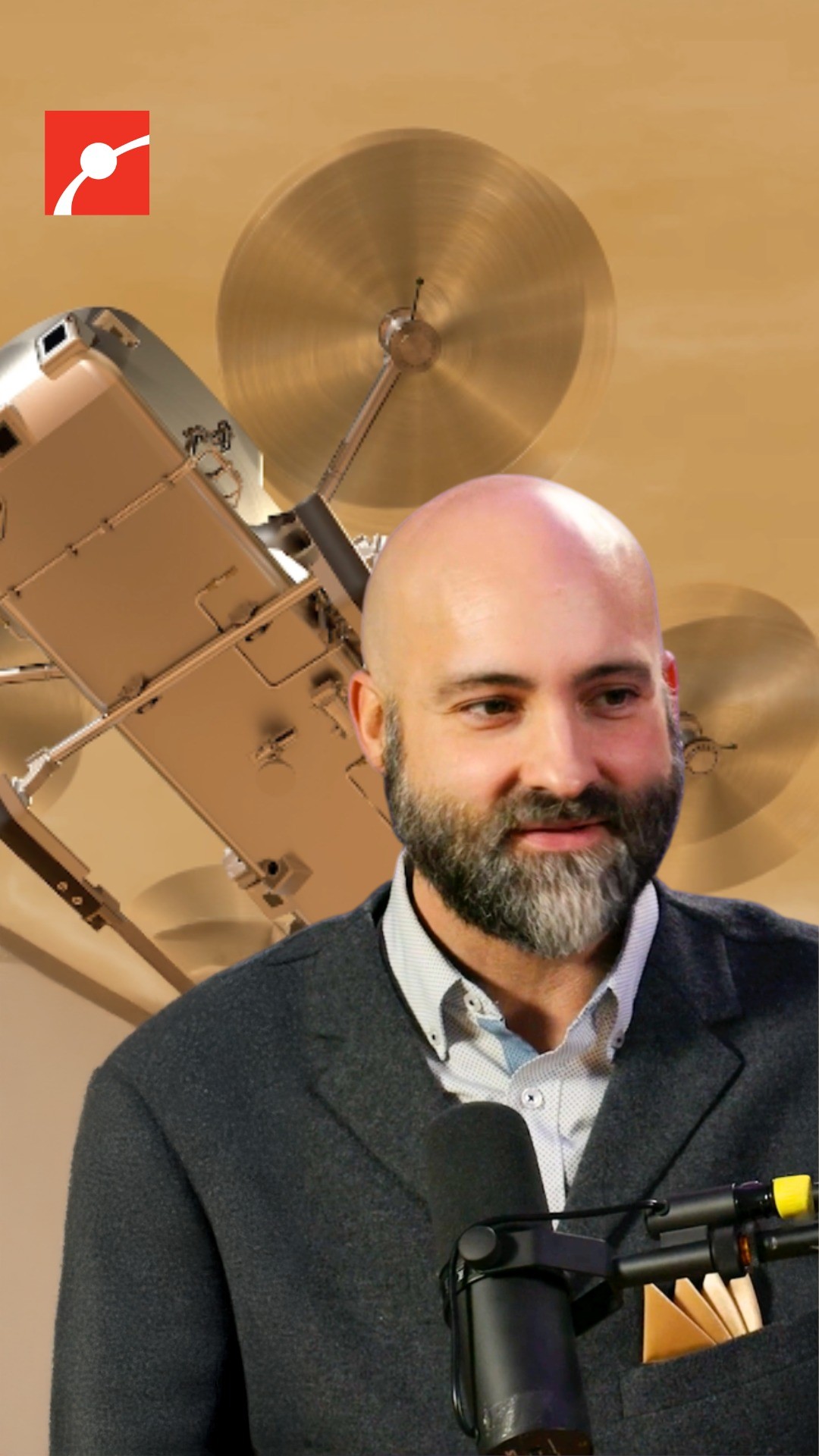- NASA’s Dragonfly mission will explore Saturn’s moon Titan, an intriguing celestial body with a dense atmosphere and surface features reminiscent of Earth.
- Titan’s complex climate system includes rivers and lakes of methane and ethane, making it a unique focus for astrobiological studies.
- Beneath Titan’s surface, a subsurface ocean of liquid water presents potential for discovering forms of life.
- The Dragonfly mission will utilize a rotorcraft to navigate Titan’s terrain, providing unprecedented insights into its geology, climate, and potential habitability.
- The mission’s scientific goals include understanding prebiotic chemistry, studying organic synthesis, and assessing Titan’s habitability, contributing to our knowledge about the conditions necessary for life.
NASA’s Dragonfly mission is set to embark on a groundbreaking exploration of Titan, Saturn’s largest moon, and one of the most intriguing bodies in our solar system. Titan is compelling due to its thick atmosphere and the presence of surface liquids, making it an ideal location for studying prebiotic chemistry and assessing conditions that might lead to the development of life. At about 1.4 billion kilometers from the sun, Titan orbits Saturn within its extensive system of rings and moons. This orange-hued sphere has layers of complexity that are begging for closer examination, particularly with the Dragonfly mission in view.
Titan’s atmosphere, primarily composed of nitrogen, is rich in organic compounds and dense enough to allow the flow of liquids across its surface. This is in stark contrast to most other celestial bodies in our solar system, which lack substantial atmospheric pressure. Methane and ethane rivers and lakes are prevalent features of Titan’s surface, presenting a hydrological cycle similar in function, though not in chemical composition, to Earth’s water cycle. With observed seasonal weather patterns, Titan represents a natural laboratory for atmospheric sciences.
The possibility of a subsurface ocean of liquid water beneath Titan’s icy crust adds a tantalizing layer of interest. Such an ocean could harbor conditions conducive to life, albeit in forms unfamiliar to us. The potential habitability of this underwater reservoir has sparked scientific curiosity and drives the motivation behind sending a mission as advanced as Dragonfly.
Dragonfly is not your conventional rover but a rotorcraft lander, designed to explore diverse geological settings across Titan’s varied landscape. This is achievable thanks to Titan’s thick atmosphere and low gravity, which make flight efficient and reliable. Equipped with eight rotors, the Dragonfly craft resembles a large drone capable of flying over 108 miles (175 kilometers) during its mission to study Titan’s surface.
The mission’s scientific objectives are ambitious. By analyzing the organic compounds, Dragonfly aims to uncover the chemical processes that occur on Titan and learn more about the potential pathways to life’s origins. Additionally, the data collected will enhance our understanding of Titan’s geophysical dynamics and simulate future atmospheres on exoplanets or early Earth. Our quest for knowledge is set to answer questions about the capacity for life elsewhere and underscore Titan’s role within the cosmic context.
The mission also seeks to understand the impact of major celestial events on Titan’s organic chemistry. With a suite of scientific instruments, Dragonfly will perform various tasks from sampling ice and rock to analyzing Titan’s dusty storms. This comprehensive analysis will provide a broader perspective on how organic material behaves under different conditions.
Another consideration is the conservation of technological and natural resources in undertaking such missions. Large-scale aerospace projects like Dragonfly must balance environmental stewardship with the scientific rewards. Responsible management of space missions ensures minimal impact on celestial bodies while maximizing scientific returns.
As we stand on the brink of this exploratory adventure, the Dragonfly mission promises to reveal deep insights into a moon that mirrors a younger Earth in many ways. Titan, the subject of NASA’s Dragonfly mission, serves not only as a gateway to understanding prebiotic conditions but could also illuminate life’s potential elsewhere in our cosmic neighborhood. This mission is a testament to human curiosity and the perpetual quest to comprehend the vastness of space.
Through Dragonfly, NASA exemplifies the spirit of investigation, unlocking answers about Titan’s atmospheric and surface phenomena. The mission will undoubtedly further humanity’s understanding of our solar system and provide foundational knowledge for future endeavors into space exploration. Titan offers a dynamic stage for this pioneering mission and sheds light on the many yet-undiscovered stories of our universe.
*****
Source Description
What moon of Saturn is @NASA’s Dragonfly mission going to explore?
@paulmsutter describes how Dragonfly will send a spacecraft to explore the moon Titan, which has a significant atmosphere, rivers of methane and propane, and possibly even an ocean of liquid water underneath its surface.

